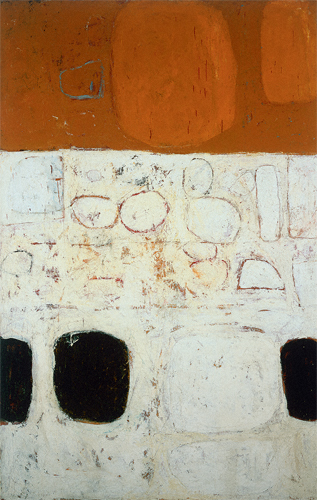 |
| All Images: Central Leicester, April 2020 |
Here are a few more images, taken on the same excursion as those in my last post. They feel closely related, visually - but these are of slightly less direct relevance to our current pestilence-ridden situation, perhaps. They certainly do seem to belong to that whole 'Lost Voices, Forgotten Meanings' vibe of four years ago though, in pretty obvious ways. Breakdowns in communication, and the erosion of narratives were as much a theme of that work, as all the focus on vacancy and physical absence, evoked in the previous window images.
In recent years, I've tended to think of my work as progressing (if indeed, it does) via a series of relatively self-contained projects. The fact that several of these appeared to culminate in exhibition ventures, can suggest each has reached some form of conclusion, and that a line is consequently drawn beneath it. It's a useful enough way of imposing some degree of organisation on my practice, I suppose - and hopefully avoids a situation in which I might try to cram to many themes and strategies into my work, all at once. But, in reality - the events and moments of visual recognition the world offers, and the thoughts and feelings they release, come along in a far more organic, randomised manner. The various currents of thought represented in these seemingly discrete packets of work aren't shut off, just because some work gets arbitrarily hung on a wall at a certain date, or because my responses to them feel a bit worked out, for a time.
It's all a continuum really. The currents intertwine and different ones rise to the surface at certain times. Serendipity and coincidence are major factors in any creative process, and time can double-back on itself, to refresh familiar tropes, at any point. It's important to recognise all that, and not to become a slave to organisational compartmentalising. When all's said and done - if the world offers you something as glorious as this palimpsest of eroded text and nuanced paint, it would be criminal not to accept it with gratitude, even if it doesn't quite square with some imagined schedule.





































